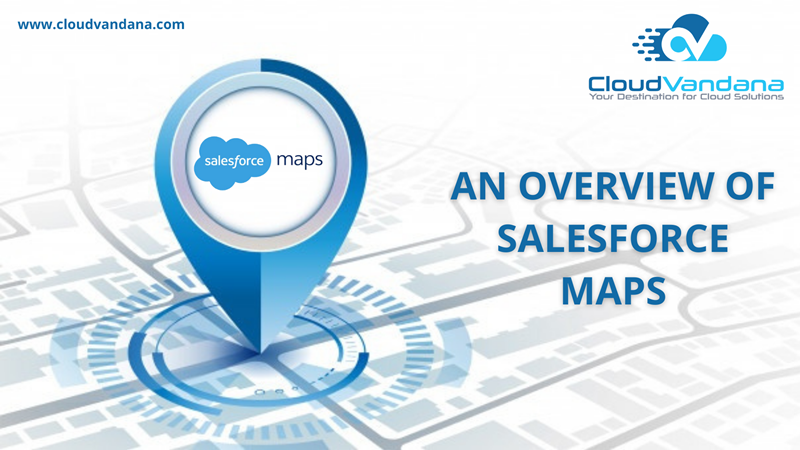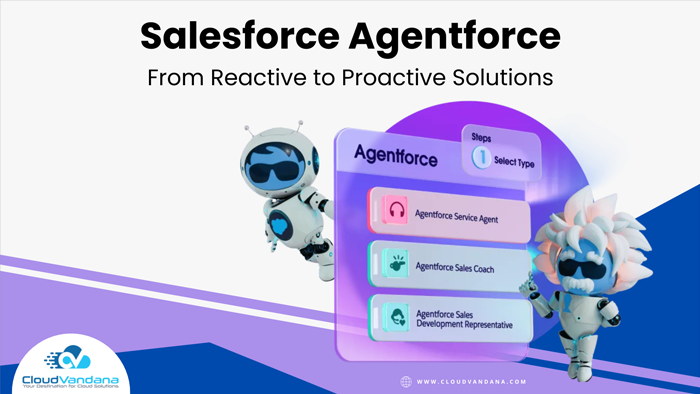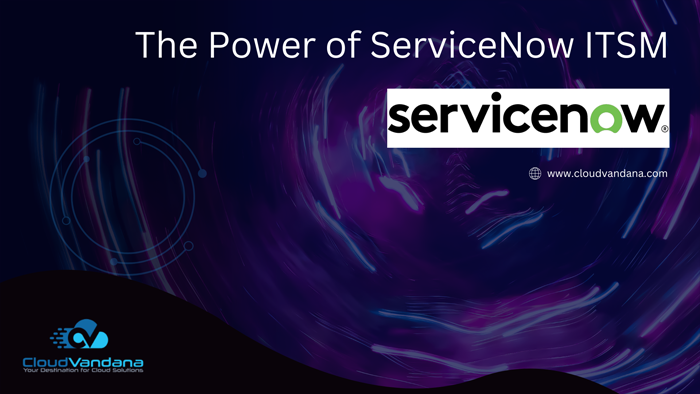Salesforce Maps empower your workforce on every journey, at every location, with add-ons for complex routes, and live updates from the field. Mapping out sales territories requires coordinating various moving parts. Sales managers need to manage the basic sales assignment process of connecting sales representatives with their regions. Salesforce maps help them to manage all these scenarios.
Maps was formerly known as MapAnything. It has proven to be a very popular choice for sales organizations. But there were a few limitations to the previous functionality. So Maps was introduced to meet all the requirements. Sales executives must implement a full-scale, robust mapping solution to best optimize a sales territory campaign.
Salesforce Maps
Maps is a location intelligence and map visualization tool that integrates with the Salesforce CRM, simplifying territory management. With Maps, Sales executives can create territories for the sales representatives and easily see the outcomes. Maps ensure that the representatives are getting the most coverage.
Maps help organizations to add geographical context to the selling process. The system also automates standard selling situations, like contact details, new account creation, lead gathering, and various customer service components. Maps use functional mapping and productivity optics. So before investing in Salesforce Maps, Sales Executives need to consider the Maps features first.
Maps Features
Some of the Maps features include-
- Visualize Salesforce Data.
- Auto-Assign Leads Based on Location.
- Route Optimization.
- Mobile Access
- Data Trends with Trermatic Mapping.
- Advanced Priority Scheduling.
- Increase efficiency by making decisions based on a sales representative’s location.
Picture Courtesy: Salesforce
Pricing
The sales executives should be aware of the pricing and the cost of add-on that may be required to get the full benefits that the team is looking for.
For starters, those who have not implemented Salesforce’s CRM and Salesforce Sales Cloud, need to purchase and implement Salesforce to their ecosystem. Salesforce CRM costs between $25-$300 per user/ month, depending on the organization’s size and requirements.
Organizations that are already using the Salesforce CRM need to pay for the Maps add-on. It’s important to note that the map add-on is only available for those who have the Professional level. This level starts at $ 75 per user/month. Maps are available in two variations. Basic and advanced. Users can choose the version as per their requirements.
Maps Pros And Cons
Here is a brief description of the Maps
Pros
- Salesforce CRM provides this additional functionality so users do not need an additional platform to maintain.
- Maps provide the travel time between customers and prospects for maximum efficiency.
- This platform provides an easy-to-understand interface to visualize complex sales data.
Cons
- Salesforce Maps costs more than other mapping software.
- This platform is not user-friendly when used on a mobile device from the field.
- This tool is a little complex and requires a lot of training.
Do you have any further questions about Salesforce Maps? Please feel free to contact CloudVandana for any Salesforce requirements.










